
Uhtred of Bebbanburg was a real Northumbrian lord who fought for his land and legacy. But “The Last Kingdom” took some major creative liberties. His true story didn’t shape England the way the show suggests, and plenty of details got lost along the way. Here are ten things you never knew about the real Uhtred.
Danes Didn’t Raise Him
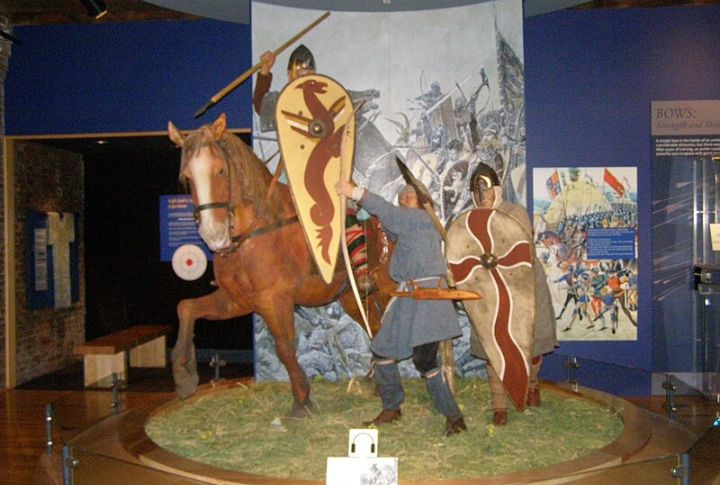
A bold Saxon bloodline, not Viking foster care, shaped the real Uhtred’s youth. Historical records show he was born into nobility, with no evidence of a Danish upbringing. The series reimagined this to create tension. In truth, Uhtred’s loyalties were forged by heritage, not raids or stolen childhoods.
The Real Lord Of Bebbanburg Played Both Sides
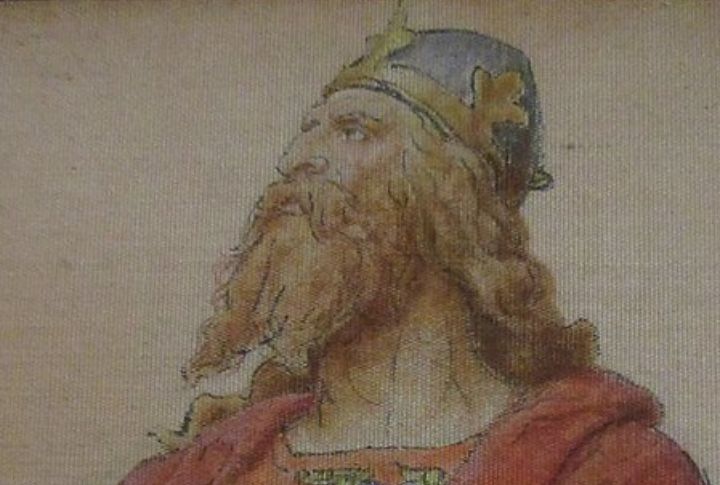
Unlike his unwavering loyalty in “The Last Kingdom,” the real Uhtred switched allegiances when necessary. He submitted to King Sweyn Forkbeard of Denmark in 1013 but later returned to supporting King Aethelred II of England. He never fought for Viking armies, but he had to negotiate with Danish rulers, including Cnut.
He Ruled Bamburgh As Ealdorman

“Bamburgh will be mine” was a fictional oath. In reality, it already was. The historical Uhtred inherited his post as ealdorman of Bamburgh, holding power across northern Northumbria. Unlike the exiled warrior on-screen, he was born into authority, trusted by kings, and respected in Anglo-Saxon political circles.
He Lived Generations Before Alfred
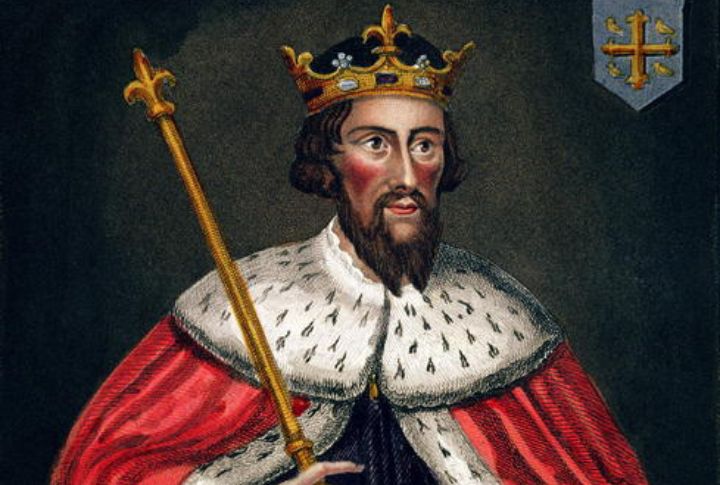
Forget the campfires and shared strategies; Uhtred never met Alfred. He couldn’t have. The real Uhtred lived over a century after Alfred the Great. The timeline twist was deliberate. The show created emotional stakes by shifting Uhtred into Alfred’s era, even if history had to take a back seat.
He Wasn’t Disinherited Or Exiled

There was no betrayal, no lost birthright, and no comeback story. The real Uhtred stayed firmly rooted in his family’s power. He wasn’t disowned or driven out, and that TV storyline doesn’t match surviving records. Instead, Uhtred rose naturally through status and was respected in military and aristocratic ranks.
There’s No Proof He Converted Religions

Religion shaped early medieval identity, but there’s no evidence the real Uhtred swapped gods. Like most Anglo-Saxon nobles of the time, he was Christian by birth. The show played up his spiritual conflicts for drama, but historically, his beliefs likely remained steady throughout his life.
The Real Uhtred’s Legacy In History
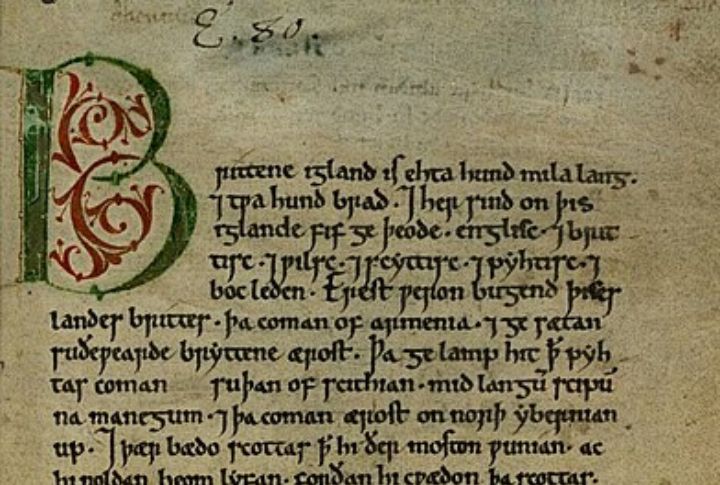
A few scattered records keep his name alive, but Uhtred the Bold wasn’t just a footnote in history. Beyond the “Anglo-Saxon Chronicle,” texts like “De Obsessione Dunelmi” and Symeon of Durham’s writings detail his military campaigns and role in moving St. Cuthbert’s remains to Durham. Later chronicles and genealogies also mention him.
He Had No Known Viking Lovers

While passion may drive plots, authentic chronicles were far less romantic. There’s zero historical record of Uhtred having relationships with Viking women. Those fiery love affairs? They were entirely fabricated. The real Uhtred’s personal life was likely filled with strategic marriages and noble expectations.
He Was More Noble Than Rebel

Think less rogue warrior, more sharp-minded statesman. Uhtred wasn’t a free spirit caught between cultures. He operated within the political structures of his time to obey kings, command troops, and defend borders. The rebellion we watched on-screen made great fiction, but history remembers someone far more dutiful.
His Death Was A Result Of Political Intrigue
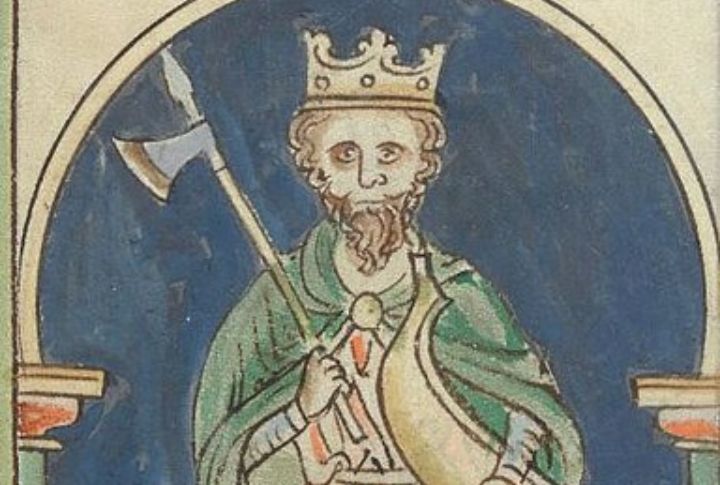
The real Uhtred’s death in 1016 contrasts with his heroic on-screen portrayal in “The Last Kingdom.” Historical records show he was assassinated by Thurbrand the Hold, possibly with King Cnut’s involvement, revealing the brutal political maneuvering and betrayals of the Anglo-Saxon and Danish javascript.
